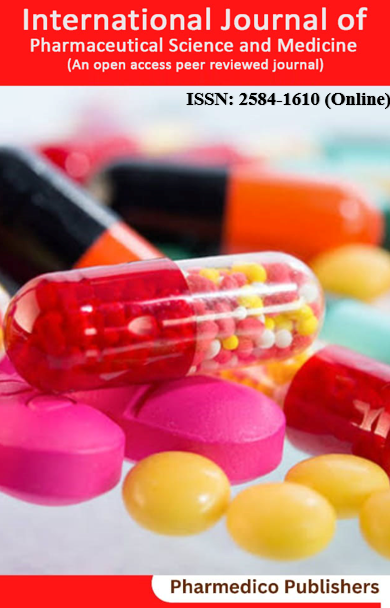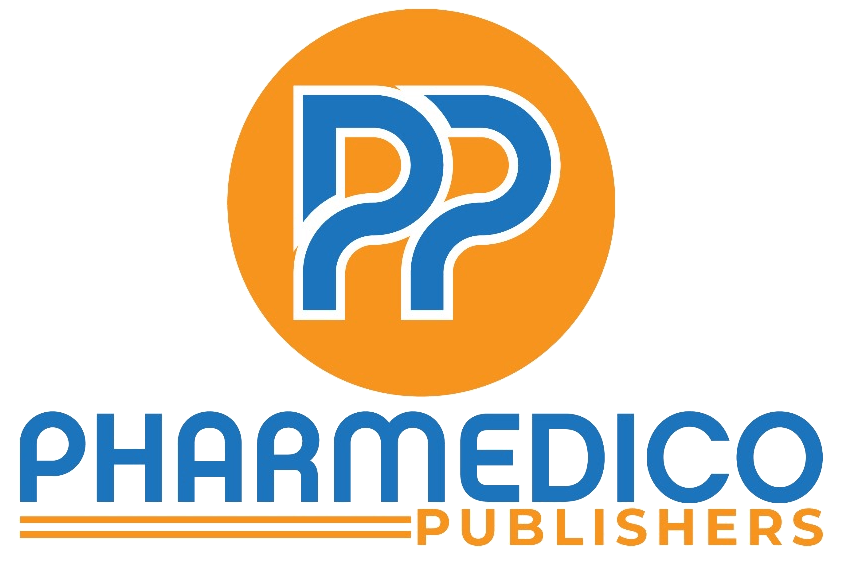RECENT DEVELOPMENTS IN UV-SPECTROSCOPY TECHNIQUES FOR QUANTITATIVE ANALYSIS IN PHARMACEUTICAL DOSAGE FORMS
Sr No:
4
Page No:
21-27
Language:
English
Authors:
Ravindra Kumar Maurya
Received:
12 November 2023
Revised:
16 December 2023
Accepted:
05 January 2024
DOI:
10.70199/IJPSM.2.1.21-27
Published Date:
25 March 2024
Abstract:
Recent advances in UV-spectroscopy have significantly enhanced the quantitative assessment of pharmacological dosage forms by offering greater sensitivity and accuracy. This paper discusses recent developments in ultraviolet (UV) spectroscopy and how they affect drug analysis. Among the significant new advancements are nanotechnology, chemometrics, microfluidics, enhanced data processing, and smaller equipment. Scholars have used nanoparticles and nanocomposites to improve UV absorption and signal amplification. This makes selective detection possible even in complex matrices. The accuracy and resilience of data analysis and interpretation are increased by the use of chemometric techniques, such as principal component analysis and partial least squares. High-throughput analysis is possible with smaller sample volumes and less time needed thanks to miniature microfluidic technologies. Modern data processing techniques provide the possibility of spectrum analysis such as derivative spectroscopy and wavelet transform. A convenient and lightweight option for on-location analysis and point-of-care testing is the compact UV spectrophotometer. These developments have made UV spectroscopy essential for formulation development and quality control in the pharmaceutical sector. Two possible directions for the future are to better integrate these technologies for real-time analysis and to tackle novel issues in pharmaceutical analysis.
Keywords:
UV-spectroscopy, Nanotechnology, Chemometrics, Microfluidics
Journal: International Journal of Pharmaceutical Science and Medicine
ISSN(Online): 2584-1610
Publisher: Pharmedico Publishers
Frequency:
Quarterly
Language:
English


